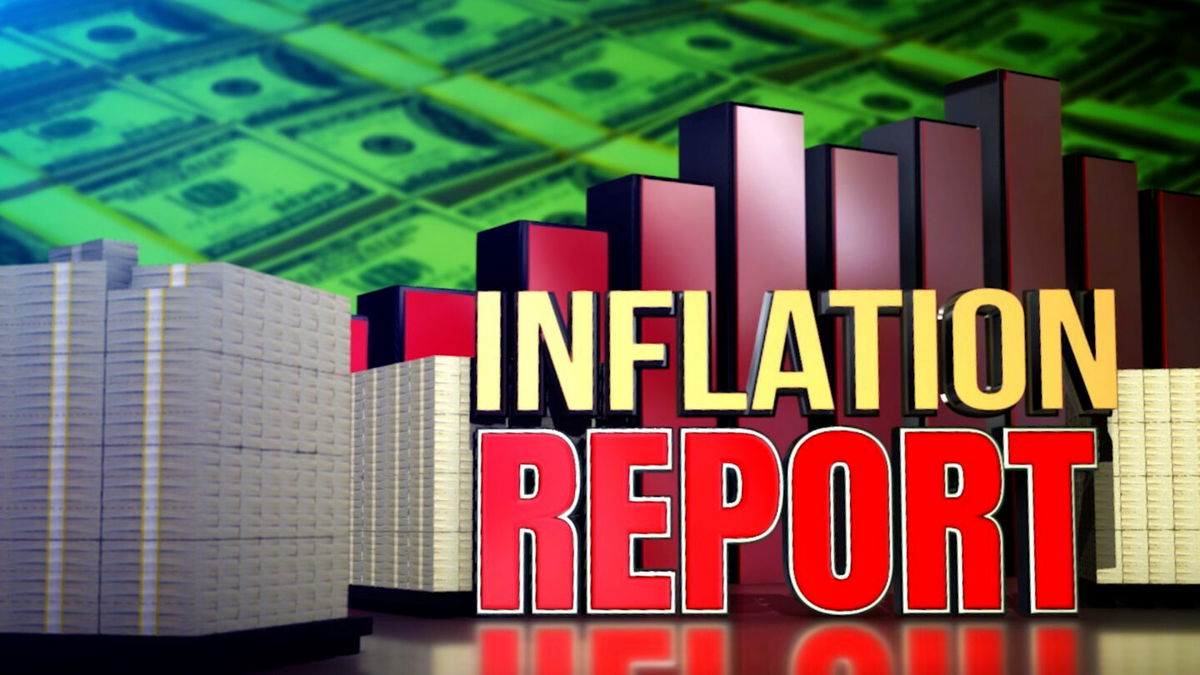Riverside-Area inflation rises 0.6% in April, May

According to data released today by the U.S. Bureau of Labor Statistics (BLS), inflation rates throughout the Riverside metropolitan area climbed 0.6% over the past two months, largely driven by rising energy and food cost.
The report covers northwestern Riverside County, as well as the cities of Ontario and San Bernardino.
The agency's bimonthly report indicated that the metro area's Consumer Price Index (CPI) continued the upward trajectory that began in March, following a relatively flat CPI near the start of the year.
BLS officials say that the energy sector was the principal driver for this upsurge, registering an overall increase of 1.6% from the beginning of April to the end of May.
Gas prices jumped 5%, even while electricity and natural gas prices softened.
Food prices as a whole shot up 1.3%, "with higher prices in four of six grocery categories" calculated in the CPI, according to the BLS.
Property rent also went up, which is reflected in the 0.7% increase of the index's "shelter costs" over the two-month period.
Prices declined in categories such as recreational activities, apparel, household furnishings and motor vehicles.
Discussing long-term data, the regional CPI was 4% higher over the previous 12 months. Rent is leading the advance at 7.4%, with health care costs close behind at 7.3%. Energy prices jumped 5.8%, led by electricity costs, which leapt 9% year-over-year. Petrol prices were 6.9% higher in the 12-month period.
The report also showed that, nationally, inflation was unchanged last month, and 3.3% from May 2023 to May 2024.
The current rate of inflation reflects the elevated price trajectory impacting most sectors of the economy.
Accelerating consumer price hikes have been blamed by the Biden administration on the war in Ukraine and consequent energy supply disruptions. Critics have pointed fingers at the administration's "restrictive" domestic energy policies as the root cause, as well as excessive spending, including the flood of dollars contained in relief packages.
According to the U.S. Treasury Department, the national debt is now at $34.7 trillion after passing $33 trillion nine months ago. Estimated annualized interest rate payments on the country's debt passed the $1 trillion mark in November, according to Bloomberg News. That same month, Moody's Investors Service lowered its outlook on the U.S. credit rating from ``stable'' to ``negative.''
The Federal Reserve's Open Market Committee started gradually increasing its benchmark, or target, lending rate in spring 2022, though the FOMC suspended hikes beginning last summer, leaving the rate at roughly 5.5% on the belief that the pace of inflation had slowed satisfactorily.
The hikes were an attempt to soak up excess liquidity and slow spending.



